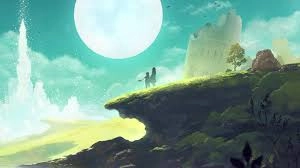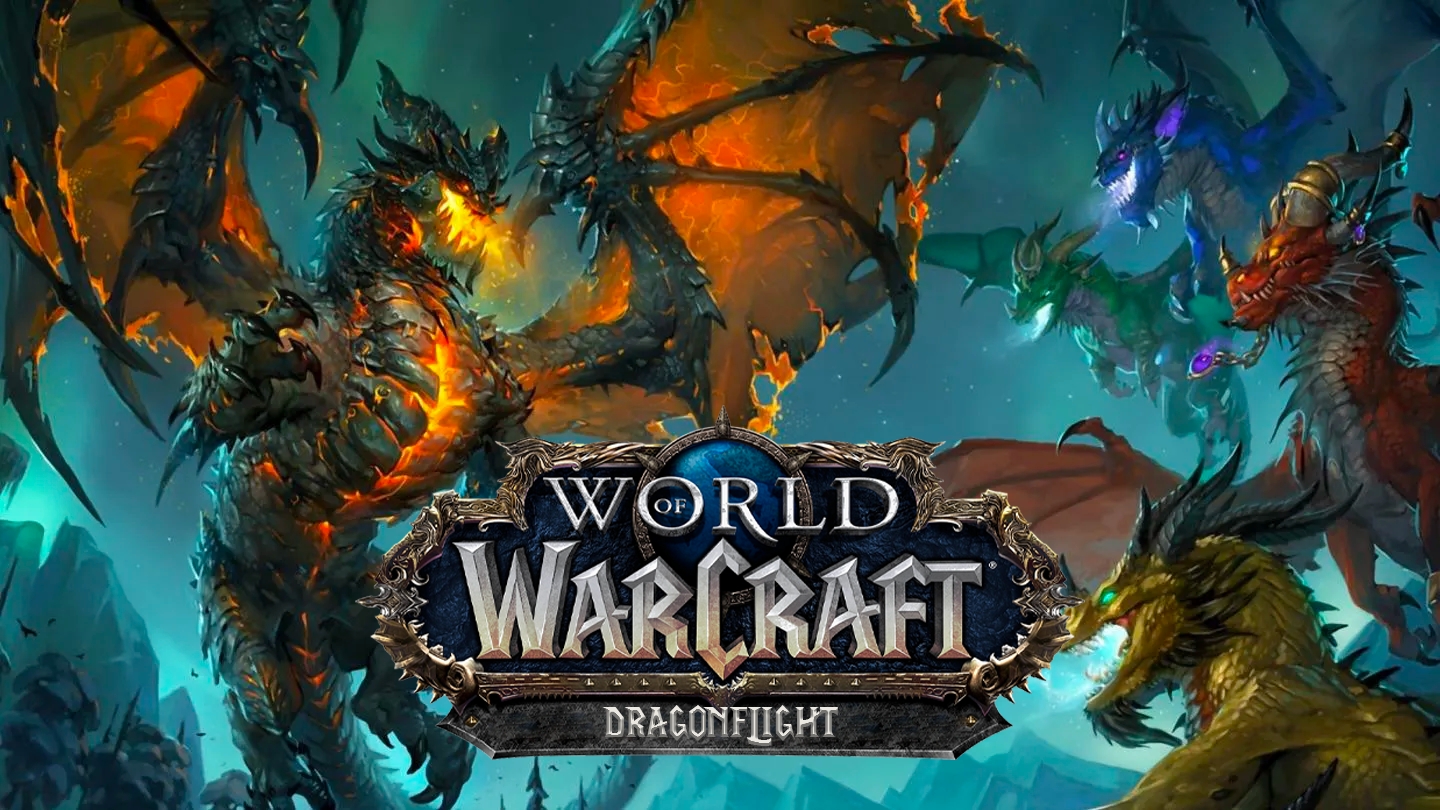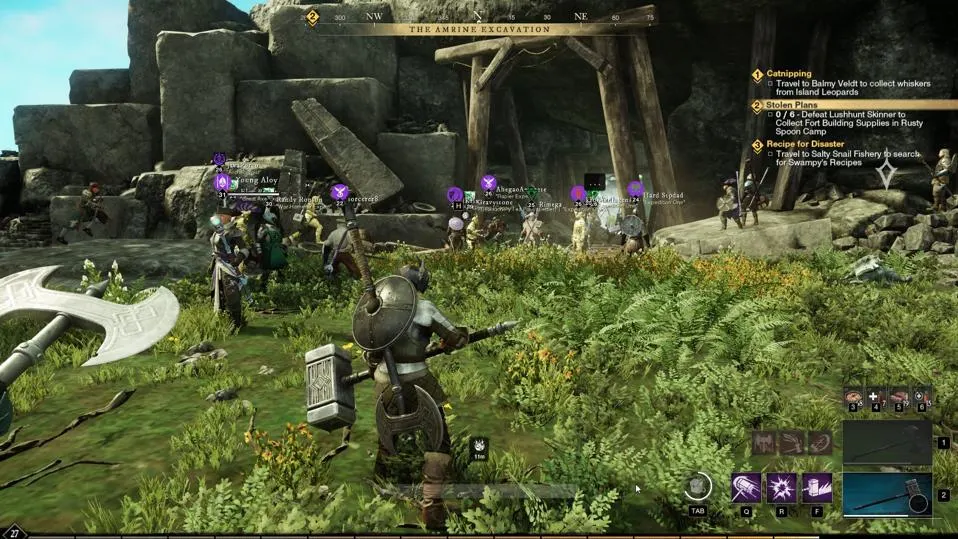Introduction to Lost Sphear
Lost Sphear is an action role-playing game developed by Tokyo RPG Factory and published by Square Enix. Released in 2018, this game is the spiritual successor to I Am Setsuna, aiming to capture the essence of classic JRPGs (Japanese Role-Playing Games) while incorporating modern enhancements. While Lost Sphear attempts to deliver a nostalgic experience reminiscent of beloved classics like Chrono Trigger, it falls short in several areas, making it a mixed bag for fans and newcomers alike.
Gameplay and Mechanics in Lost Sphear
The Active Time Battle (ATB) System: A Nod to the Classics
One of the standout features of Lost Sphear is its use of the Active Time Battle (ATB) system, a mechanic popularized by games like Final Fantasy IV. This system adds a layer of strategy, as players must manage their characters’ actions while considering the timing of their enemies’ attacks. However, while the ATB system is a nice throwback, it doesn’t offer much innovation, leaving some players feeling that it lacks depth compared to modern RPG mechanics.
The Memory System: A Unique Twist or a Missed Opportunity?
Lost Sphear introduces the Memory System, where players collect memories to restore parts of the world that have mysteriously vanished. This mechanic is central to the game’s narrative and exploration, but it has its flaws. While the concept is intriguing, its execution can feel tedious, as it often boils down to grinding for memories to progress the story. This can interrupt the game’s pacing and detract from the overall experience.
Exploration and World Design: A Lackluster Journey
The world of Lost Sphear is vast, but its design leaves much to be desired. The game features a variety of environments, from lush forests to snowy mountains, but they often feel empty and uninspired. The linearity of the exploration, coupled with the repetitive nature of the quests, can make the journey feel more like a chore than an adventure.
Story and Characters: A Tale That Struggles to Engage
The Narrative: A Familiar but Forgettable Plot
The story of Lost Sphear follows Kanata and his companions as they embark on a quest to restore their world, which is gradually disappearing. While the premise is intriguing, the execution of the narrative is where the game falters. The plot lacks the emotional depth and complexity that one might expect from a JRPG. It often feels derivative, with many of the story beats echoing those of other, more successful titles.
Character Development: Flat and Uninspired
In a genre known for its memorable characters, Lost Sphear struggles to make its cast stand out. Kanata, the protagonist, is a classic hero archetype, but he lacks the nuance and personality that would make him truly engaging. The supporting characters also suffer from underdevelopment, with many of them falling into familiar tropes without much depth or growth throughout the story.
Dialogue and Interactions: A Missed Opportunity for Emotional Impact
Dialogue in Lost Sphear is often straightforward and lacks the emotional resonance that could have elevated the story. The interactions between characters feel mechanical, with little to no chemistry or dynamic exchanges. This detracts from the player’s connection to the characters and the overall immersion in the game’s world.
Visuals and Audio: A Mixed Presentation
Art Style and Graphics: A Retro-Inspired Visuals with Modern Shortcomings
Lost Sphear employs a visual style that blends retro aesthetics with modern touches. The character designs and environments are reminiscent of classic JRPGs, with a clean, pixel-art-inspired look. However, the visuals can feel dated, especially when compared to other contemporary RPGs. The lack of detail in the environments and character animations can make the world feel lifeless, which is disappointing given the game’s potential for visual storytelling.
Soundtrack and Audio Design: A Score That Fails to Leave a Mark
The soundtrack of Lost Sphear is composed by Tomoki Miyoshi, who also worked on I Am Setsuna. While the music is pleasant and fits the game’s atmosphere, it lacks memorable tracks that stay with the player after the game ends. The sound design, in general, is serviceable but not remarkable, with sound effects and voice acting that feel generic and lack impact.
Combat System: Engaging Yet Repetitive
Battle Mechanics: A Tactical Approach That Falls Short
The combat in Lost Sphear is where the game shows both promise and flaws. The turn-based system allows for tactical planning, with players able to move their characters around the battlefield to optimize attacks and defenses. However, the lack of variety in enemy types and the repetitive nature of battles can make the combat feel monotonous over time.
Skills and Abilities: Customization with Limited Depth
Each character in Lost Sphear has a unique set of skills and abilities that can be customized to suit the player’s preferred playstyle. However, the customization options are somewhat limited, and the progression system doesn’t offer significant rewards or incentives to experiment with different builds. This can lead to a lack of satisfaction in character development and combat strategy.
Replayability and Longevity: A Short-Lived Experience
Story Length and Content: A Brief Journey with Limited Replay Value
Lost Sphear offers a main story that can be completed in around 20-30 hours, depending on how much time the player spends on side quests and exploration. While this is a decent length for a JRPG, the lack of compelling content beyond the main story limits the game’s replayability. There are no significant branching paths, multiple endings, or post-game content that would encourage players to revisit the game after completing it.
Side Quests and Optional Content: Filler Rather Than Substance
The game features a variety of side quests, but many of them feel like filler content, offering little in terms of story or meaningful rewards. The optional content doesn’t add much to the overall experience, which can make the game feel more like a checklist of tasks rather than an immersive adventure.
Final Verdict: A Nostalgic Trip That Falls Short
Strengths of Lost Sphear
- Nostalgic Appeal: Fans of classic JRPGs may appreciate the game’s attempt to capture the essence of the genre.
- Solid Mechanics: The ATB system and tactical combat offer a familiar and comfortable gameplay experience.
- Art Style: The retro-inspired visuals, while not groundbreaking, can be charming to those who enjoy pixel art.
Weaknesses of Lost Sphear
- Lackluster Story: The narrative and characters fail to engage, resulting in a forgettable experience.
- Repetitive Gameplay: The combat and exploration lack variety, leading to a sense of monotony.
- Uninspired Visuals and Audio: The presentation, while serviceable, doesn’t stand out in a crowded genre.
Who Should Play Lost Sphear?
Lost Sphear is best suited for players who have a deep appreciation for classic JRPGs and are looking for a nostalgic experience, even if it falls short of modern standards. Those who prioritize story and character development in their games may find Lost Sphear lacking, while players who enjoy tactical combat might appreciate the game’s mechanics despite its repetitive nature.
Conclusion
Lost Sphear had the potential to be a standout title in the world of JRPGs, but it ultimately falls short in several key areas. While it offers a nostalgic experience and solid mechanics, the lack of engaging story, repetitive gameplay, and uninspired presentation prevent it from reaching the heights of its predecessors. For those who crave a trip down memory lane, Lost Sphear might be worth a try, but for others, it may be a journey better left unexplored.
FAQs About Lost Sphear
What platforms is Lost Sphear available on?
Lost Sphear is available on PlayStation 4, Nintendo Switch, and PC. Players can choose their preferred platform to experience the game.
How long does it take to complete Lost Sphear?
The main story of Lost Sphear takes approximately 20-30 hours to complete, depending on the player’s pace and how much time is spent on side quests and exploration.
Is Lost Sphear a direct sequel to I Am Setsuna?
No, Lost Sphear is not a direct sequel to I Am Setsuna. It is a spiritual successor, meaning it shares thematic and gameplay similarities but tells a different story with new characters.
Does Lost Sphear have multiple endings?
Lost Sphear does not have multiple endings. The game follows a linear narrative with a single conclusion, which may limit replayability for some players.
Can you customize characters in Lost Sphear?
Yes, players can customize their characters’ skills and abilities to some extent. However, the customization options are somewhat limited, and the progression system may not offer significant rewards for experimentation.
Is Lost Sphear worth playing?
Whether Lost Sphear is worth playing depends on what you’re looking for in a game. If you’re a fan of classic JRPGs and don’t mind some flaws in story and gameplay, you might enjoy the nostalgic elements of Lost Sphear. However, if you’re seeking a more polished and engaging experience, you may find other RPGs more satisfying.



